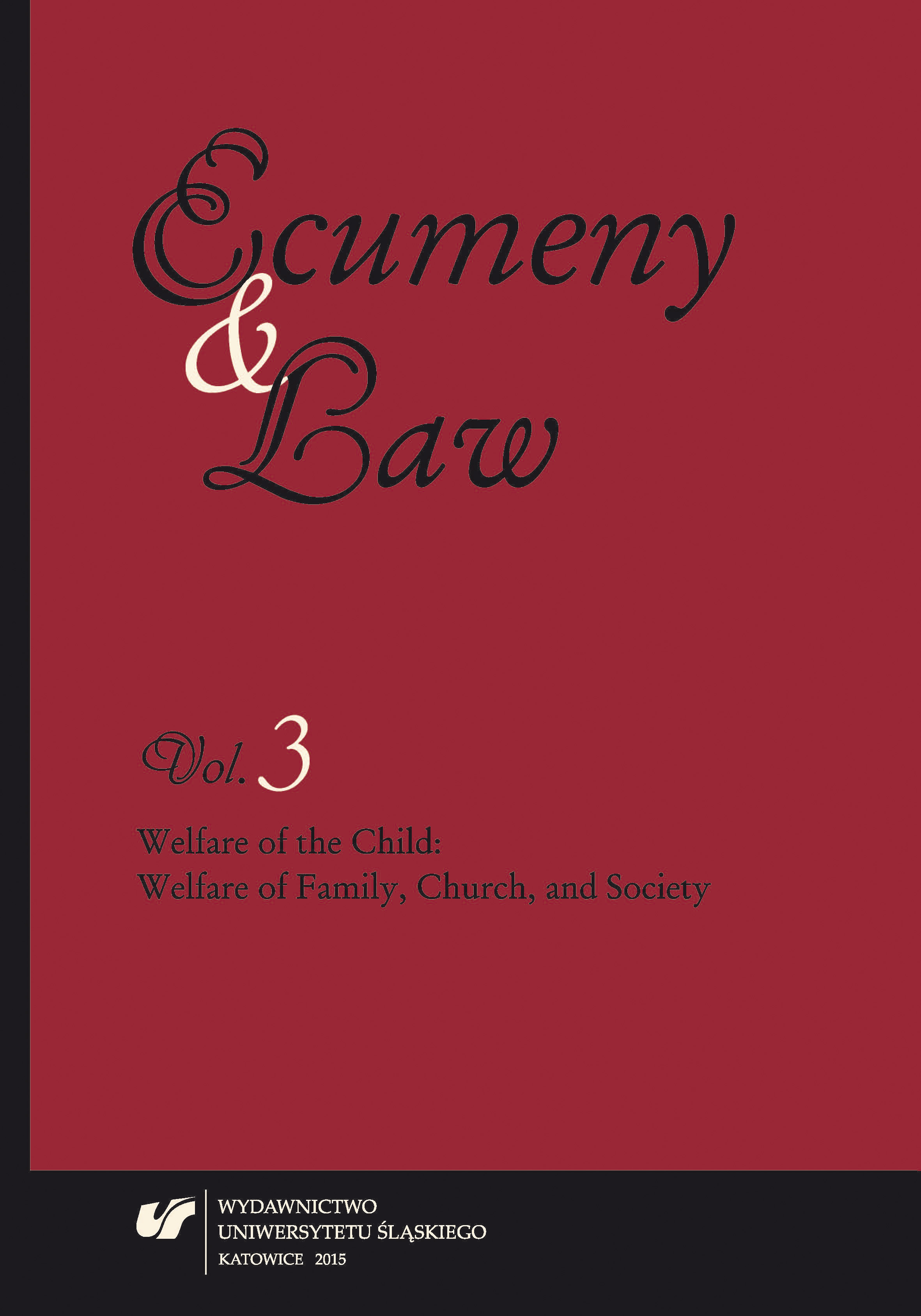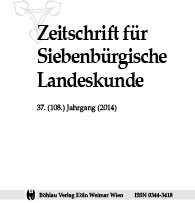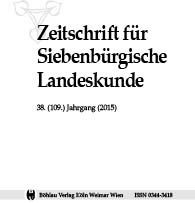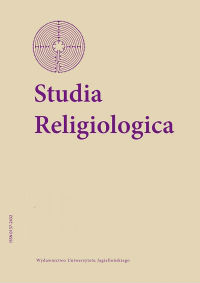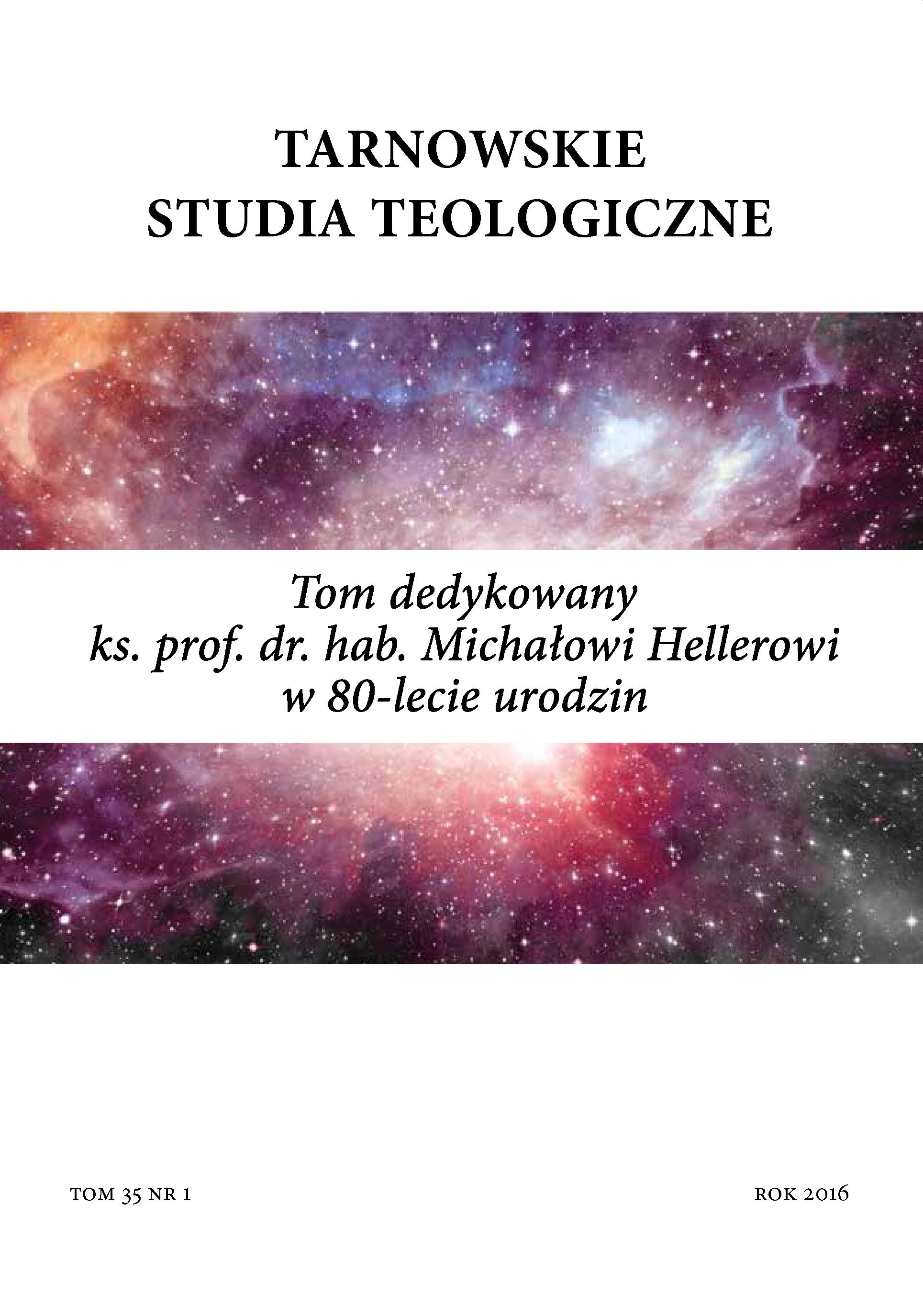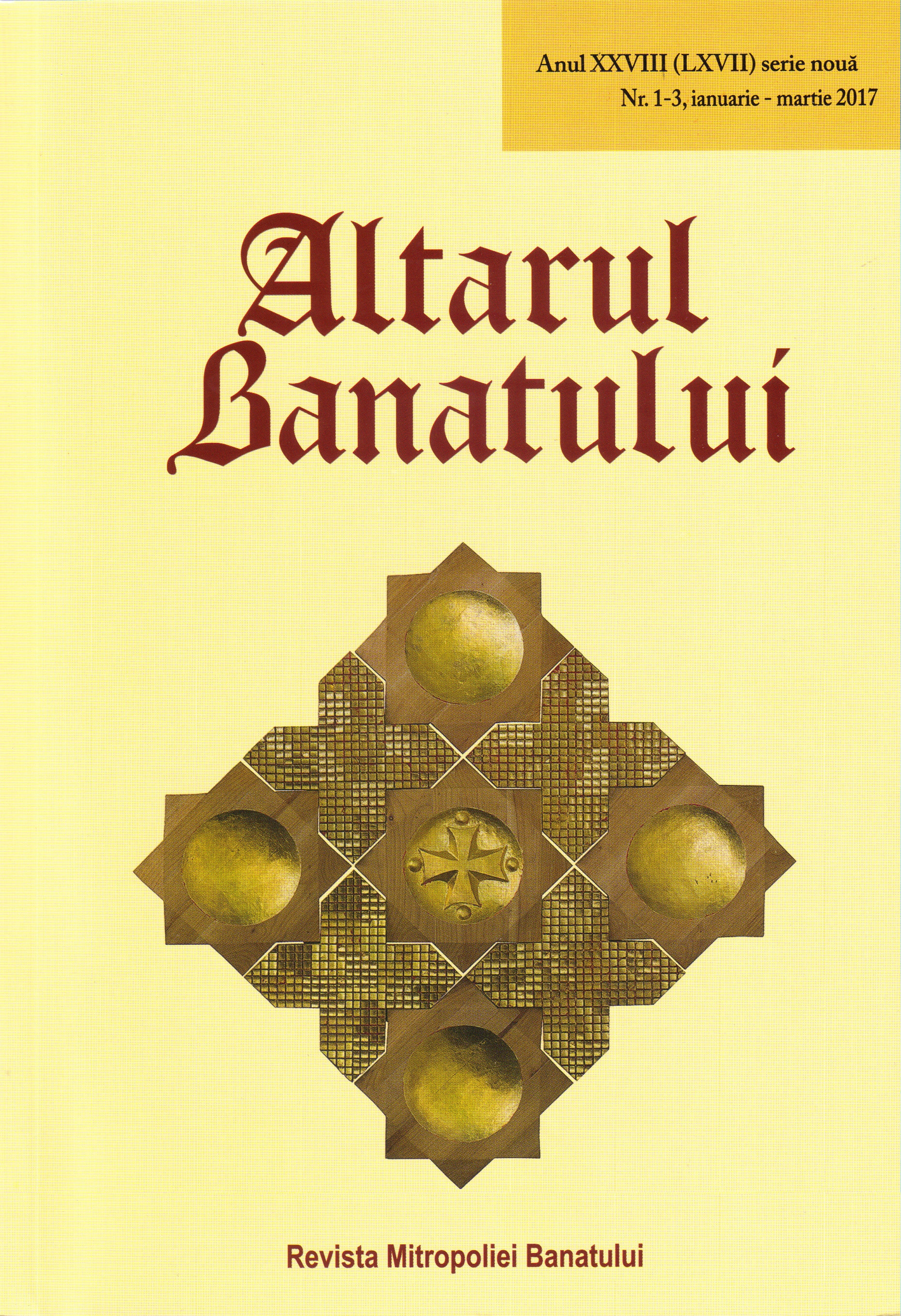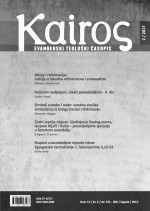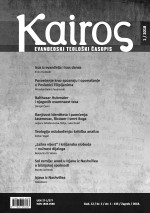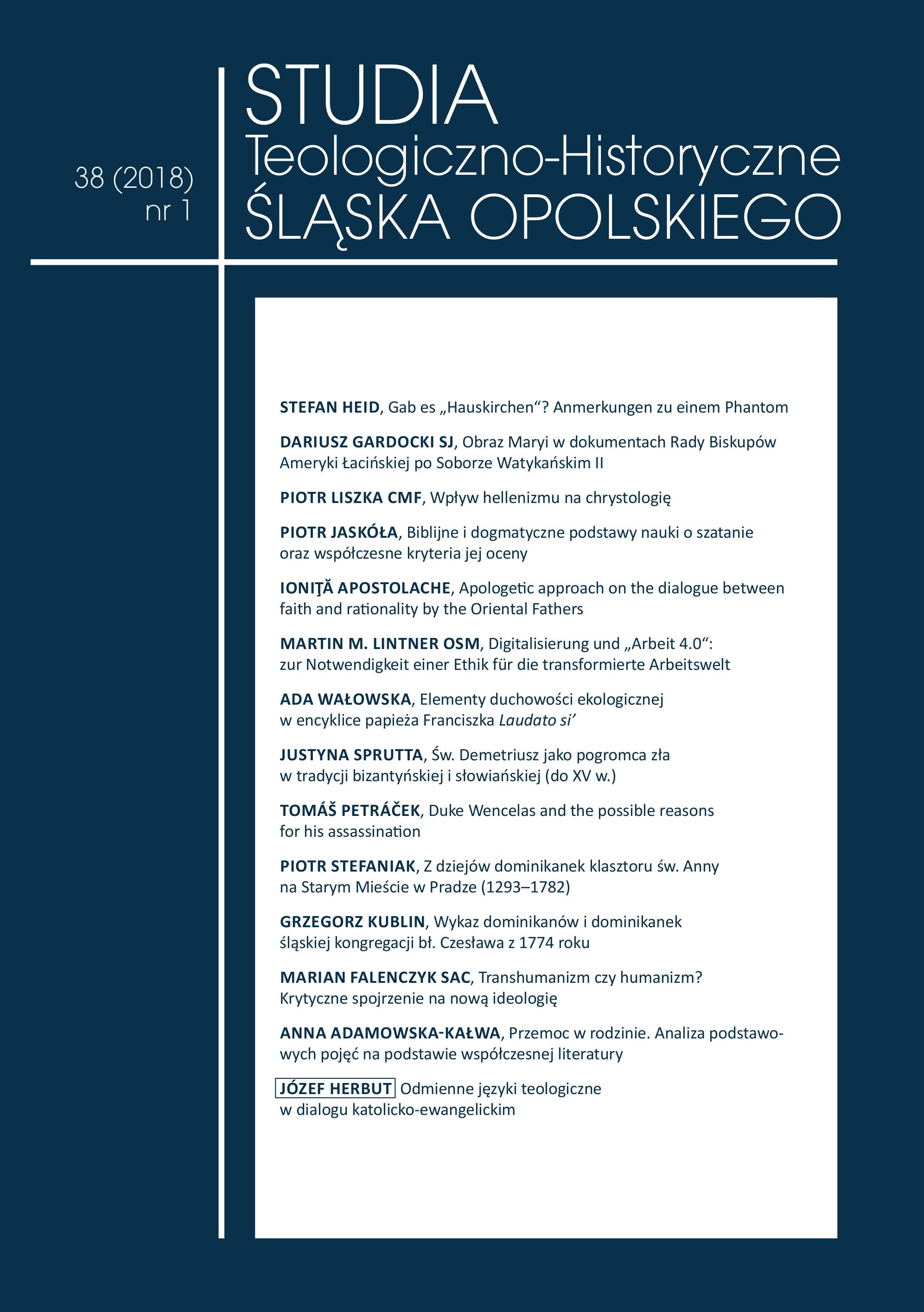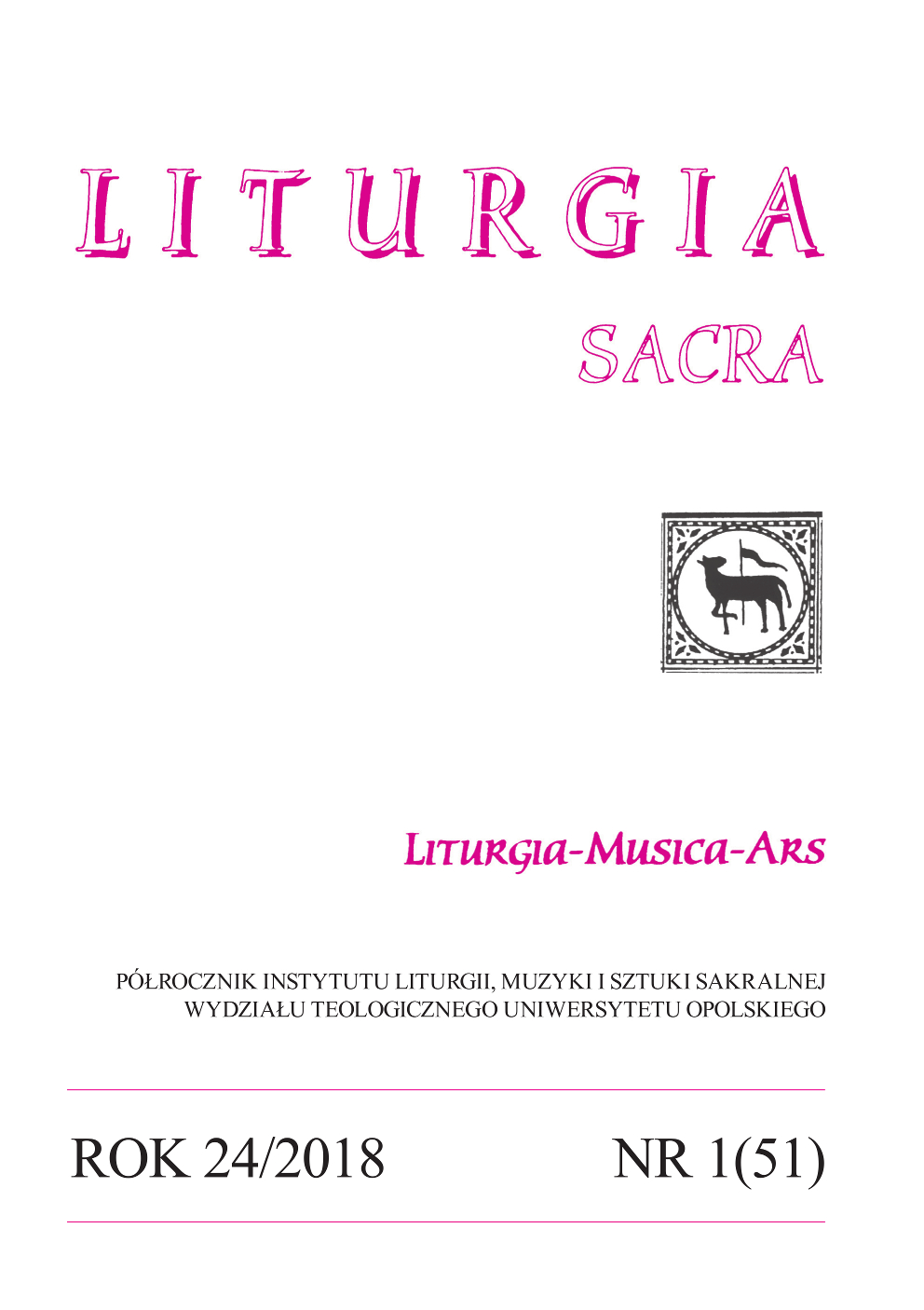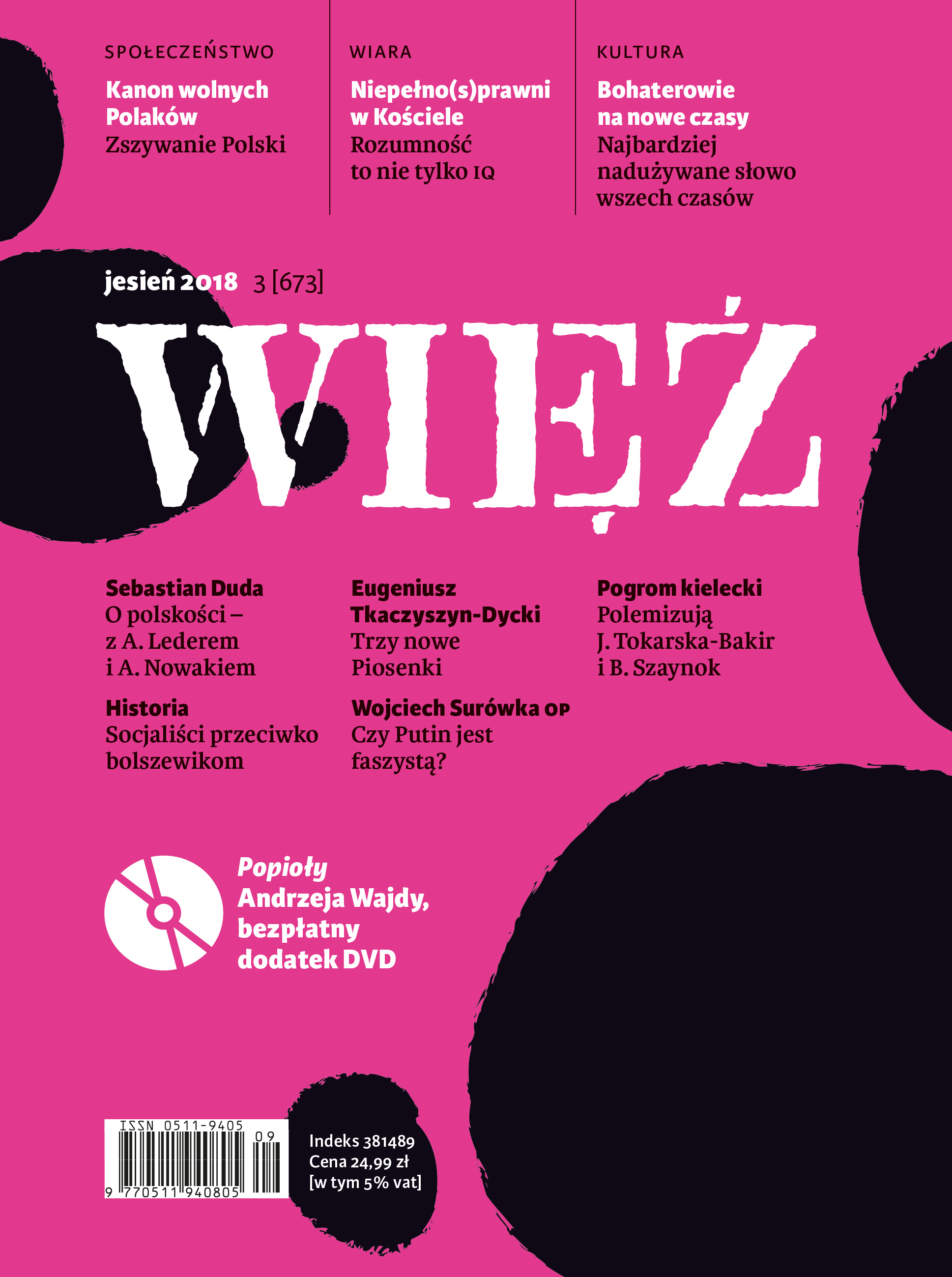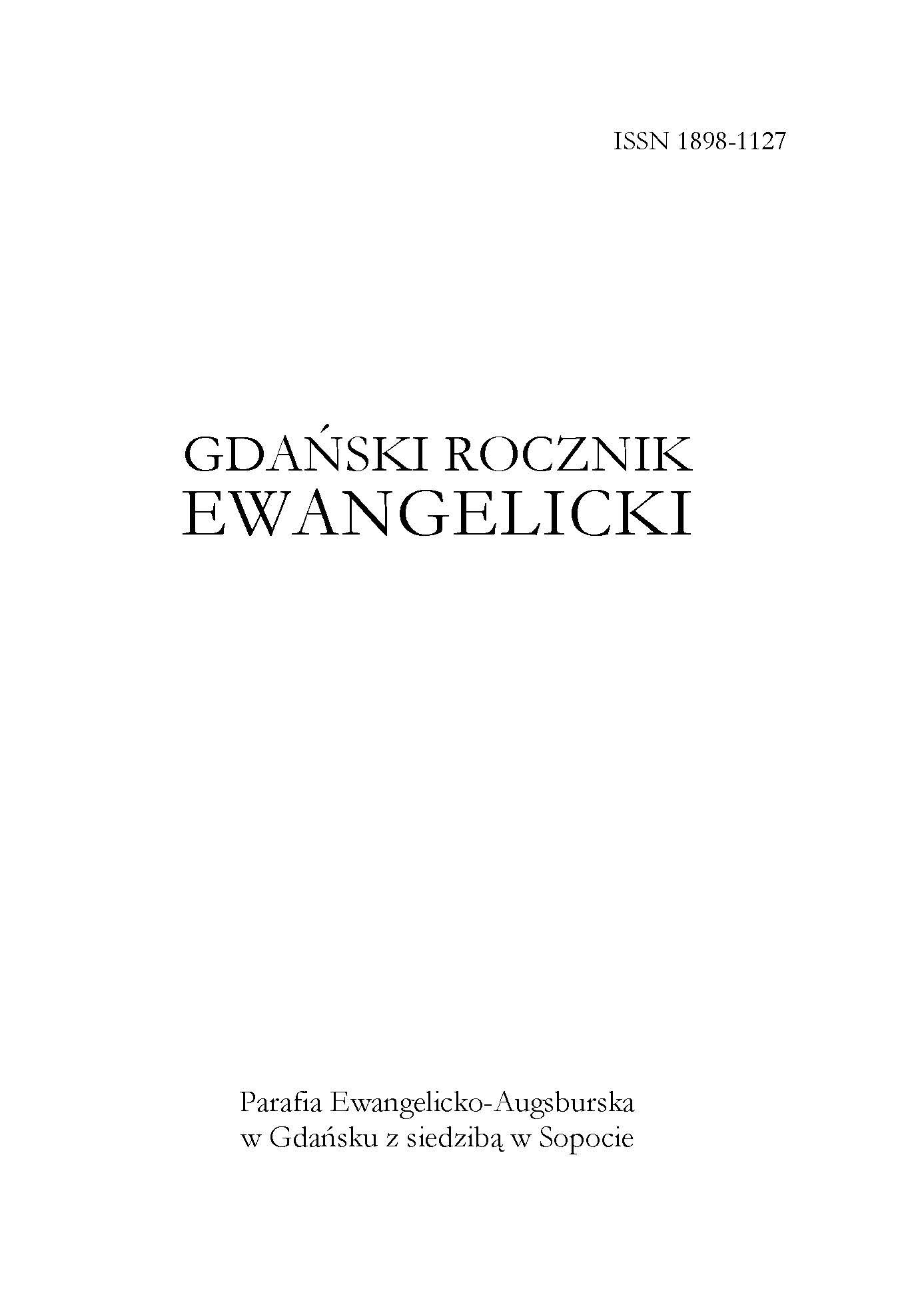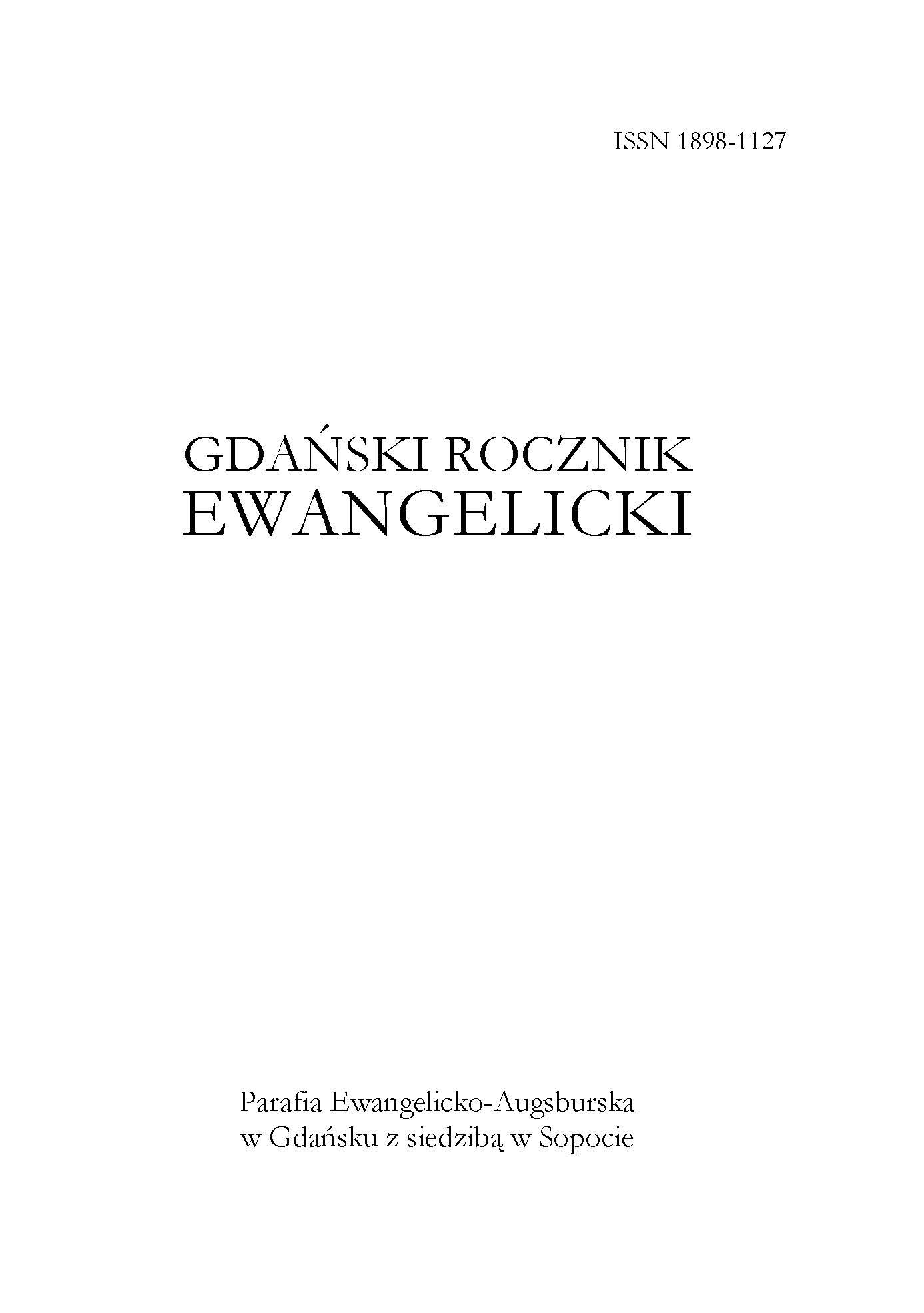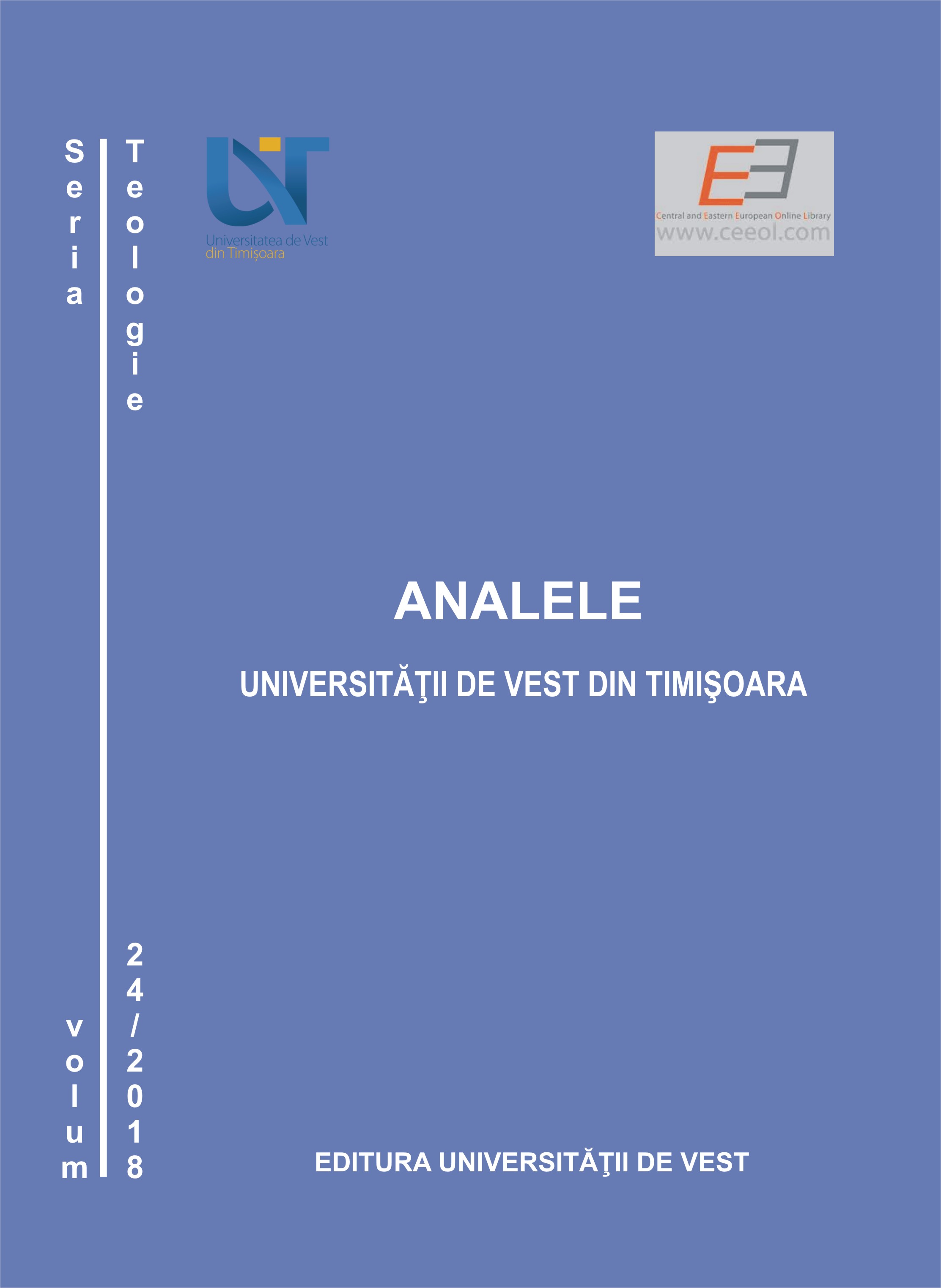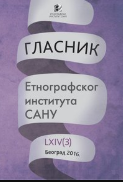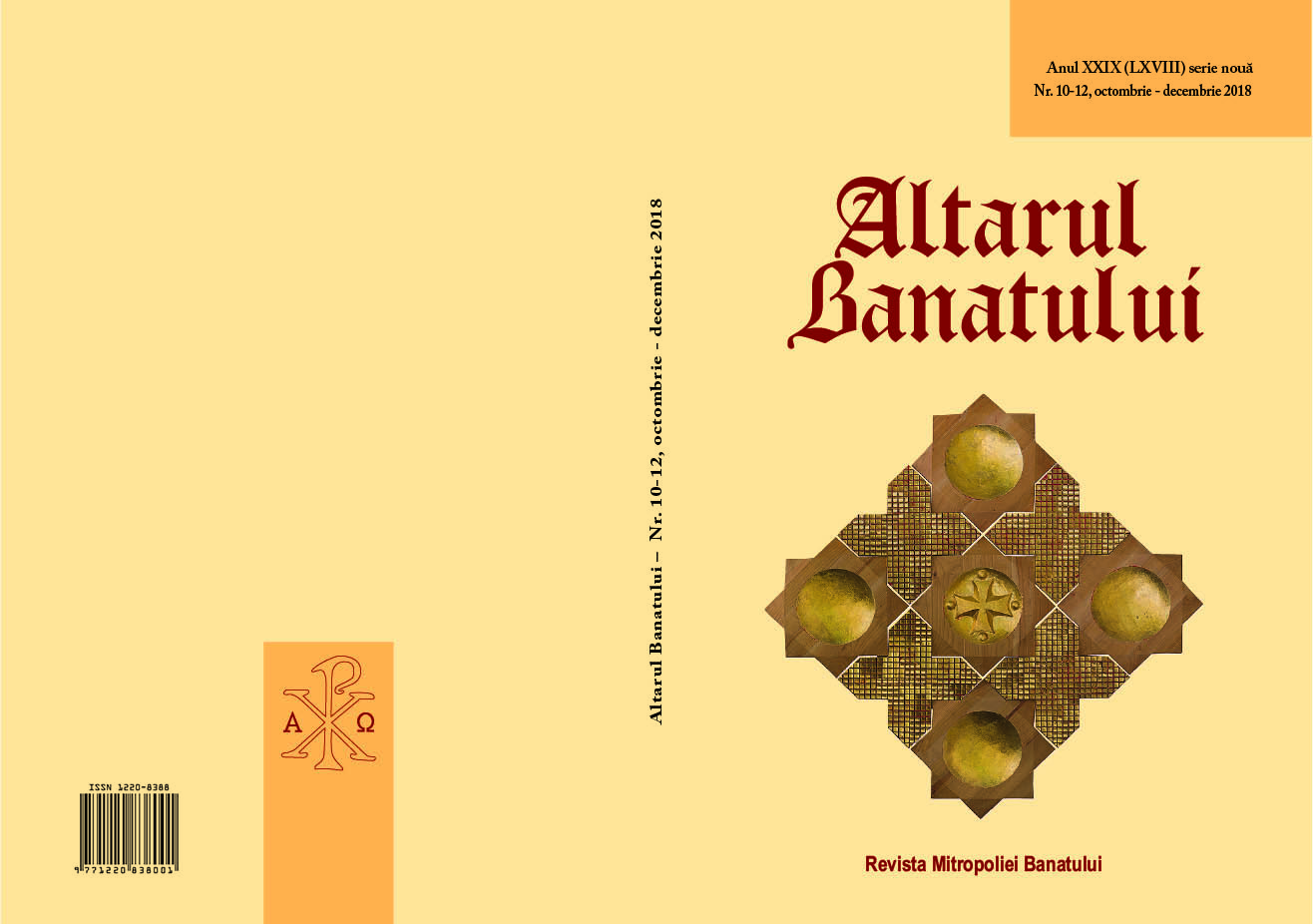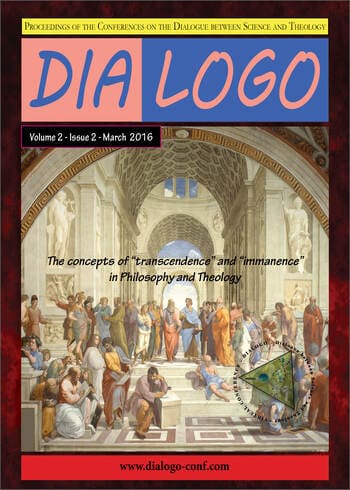
Transcendence as Objective Argument of the Existence of the Personal God
In science, generally, the idea of research captures apriori the authority of the human being on the investigated reality. Researchers’ presumption of superiority in relation to what search is always clear and incontrovertible. Theological science and Theology researchers cannot benefit and cannot claim that presumption. If however they do, then we no longer talk about Theology, but about philosophical religion. In this study we will investigate the issue of God’s transcendence as objective argument of His existence. Given that we will not talk about chemical substances or about literary analysis, our research is enriched or impoverished not by the scientific competence that we have, but by the availability of God’s Being and our willingness to make of this study a scientific expression and a scientific experience of a dialogical meeting between us and God. When there are no common approaches to Theology and Philosophy, approaches based on our ability to intuit and determine the reality that surrounds us, we will evoke, as honest as possible, the reality of the scientific dialogue between us and God, a dialogue necessary in such a study. We hope that, based on the three chapters of this research, our thesis “Transcendence as Objective Argument of the Existence of the Personal God”, will convince both scientifically and in terms of the dialogue with God.
More...
